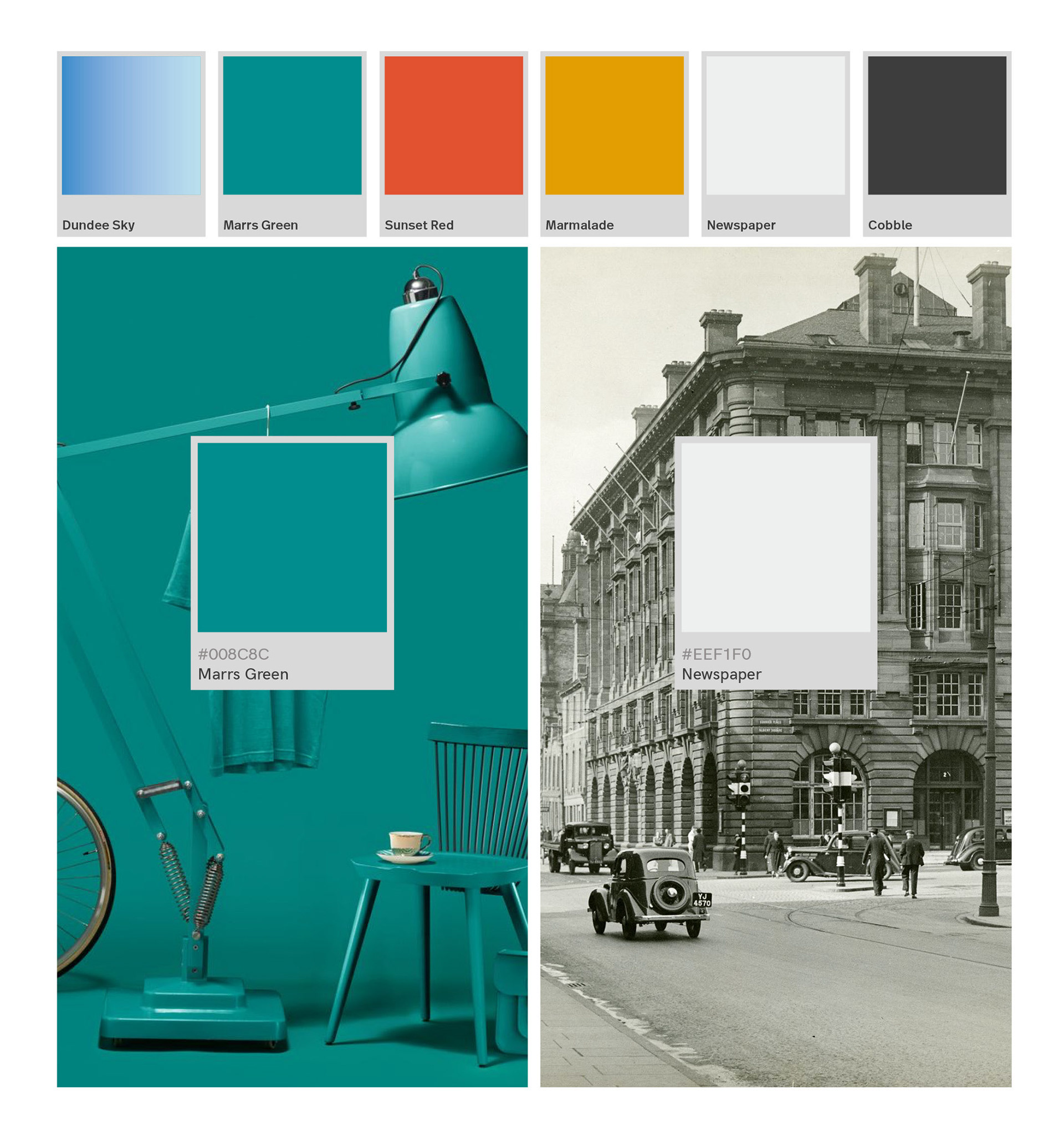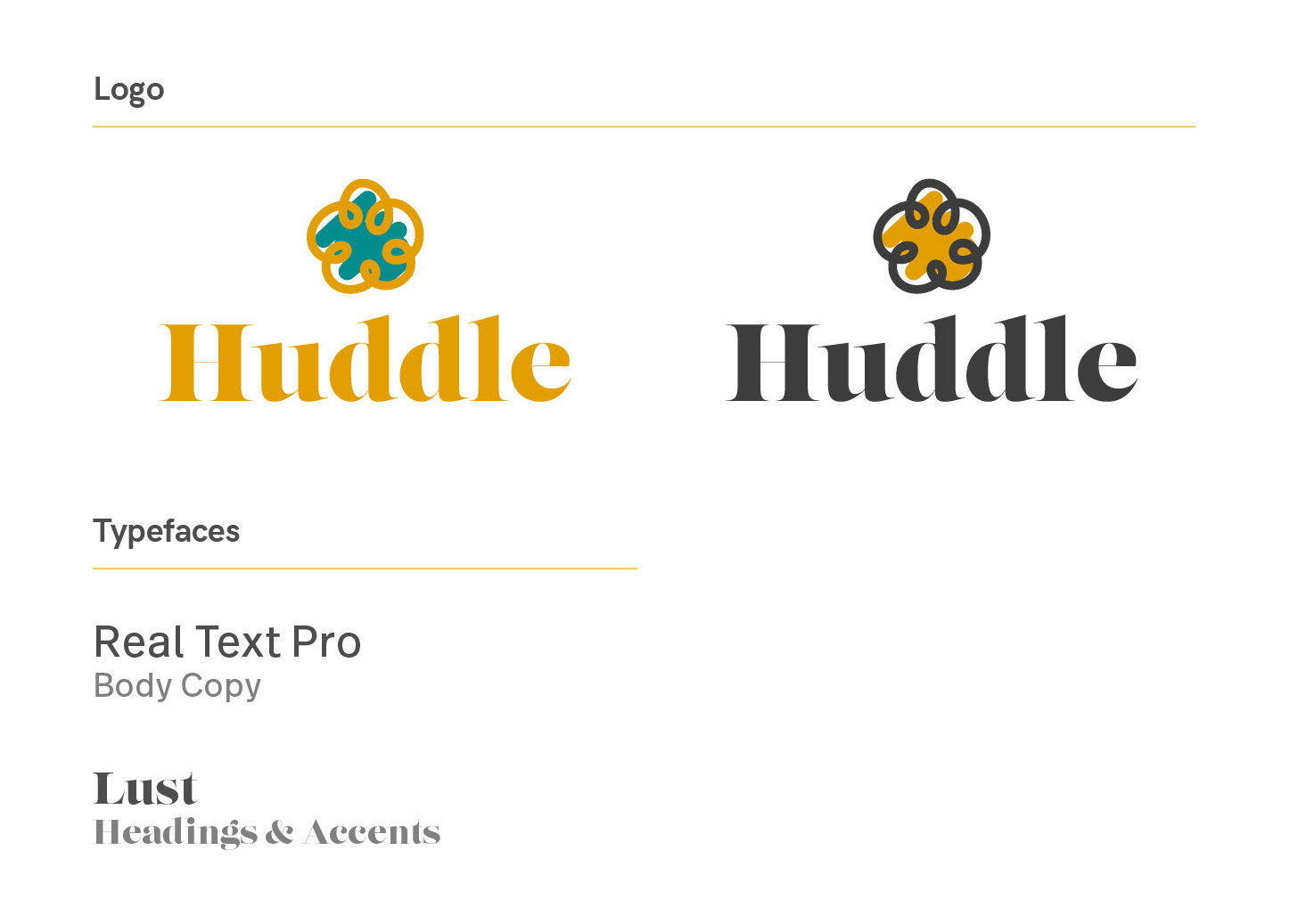The Problem:
How might we design a service to improve the experience of returning to the work place during periods of restricted public transport and social distancing during COVID-19?
The Goal:
To design a service that lets you find alternative places to work. When you are feeling a bit uninspired or are missing the usual buzz of the office, you can open up Huddle and find yourself a suitable space to work.
As part of our discovery and insights phase we conducted a scoping task outlining what we knew and what we would have to find out with our research.
We interviewed four different users from diverse backgrounds, ensuring the questions were open ended and showed empathy.
Journey maps were constructed from the data from our interviews, giving us better understanding of what our potential service users think and feel during the course of a day.
The following themes emerged:
Missing friends
Missing routine
Missing informal learning
Missing informal idea generation
Grieving for the way things were
What do our users miss most about their usual working environment pre lockdown?
Human Connection, Brainstorming & Community
What have our target users enjoyed about remote working during lockdown that they would like to continue with?
Flexibility, Inclusivity & Comfort
What would our target users most want to change about remote working going forward into the ‘new normal’?
Cross-pollination, Autonomy & Trust
Empathy mapping was used to help us build greater understanding and empathy of our users. The key points from our empathy maps were used to build out a collection of applicable user needs. Whilst working out our user needs it was imperative for us to focus on both the emotional and the practical needs of our service users.
Recurring themes that we discovered by using these methods were that was people missed the social aspect of work and the informality of “coffee cup” conversations and opperchancities. Our potential service users really missed spontaneous and informal idea generation.
As we discovered during user research, our users missed the casusal and spontaneous interaction that came with work, this became the basis for our service. Not only does it span the idea of our service, but this conversational and friendly language played a key role both in the name, Huddle, as well as the tone of voice and visual style of the service itself.
Dundee is a creative, honest city and we wanted to shine a spotlight on that in our service, the colours used in our branding and prototypes are inspired by Dundee. From Marrs Green, the world’s favourite colour designed by Annie Marrs, lead officer of UNESCO City of Design Dundee to the subtle grey we call newspaper, of course, inspired by Dundee’s very own journalistic roots.


Building on from our research we designed a low-fidelity prototype to test and evaluate our initial service concept with our users. We chose to use a low-fidelity prototype to ensure we got honest feedback on the core functions and idea of our service instead of the style and physical appearance at this stage. A key insight we took from initial user testing that was the initial onboarding process was lengthy and tiresome, we iterated and retested until it provided a better experience for our users.
Implementing feedback from user testing from our low-fidelity prototype, we designed a medium/high-fidelity prototype that brought together our research for the look and feel of the service with greater functionality.
Our next step would be to test our medium/high-fidelity prototype with users outwith our initial group to further diversify our group of users and gain broader feedback.
This service design project was unlike anything I had ever participated in. It was important for me to reflect upon the work we did as a team and plan our next steps.
Further user testing of the overall service, iterating and adding new features and retesting with users.
Expand our group of users, make the group more diverse and larger in size to ensure that we have a good range of perspectives and to understand accessibility issues.
Ensure viability of the service and how the service can be delivered - this would include looking in to local and national government guidelines for COVID-19 as well as income and production costs.
Investigate local spaces that are available/would participate in our service.
Implement KPIs in to our service to measure and validate the experience of using Huddle.